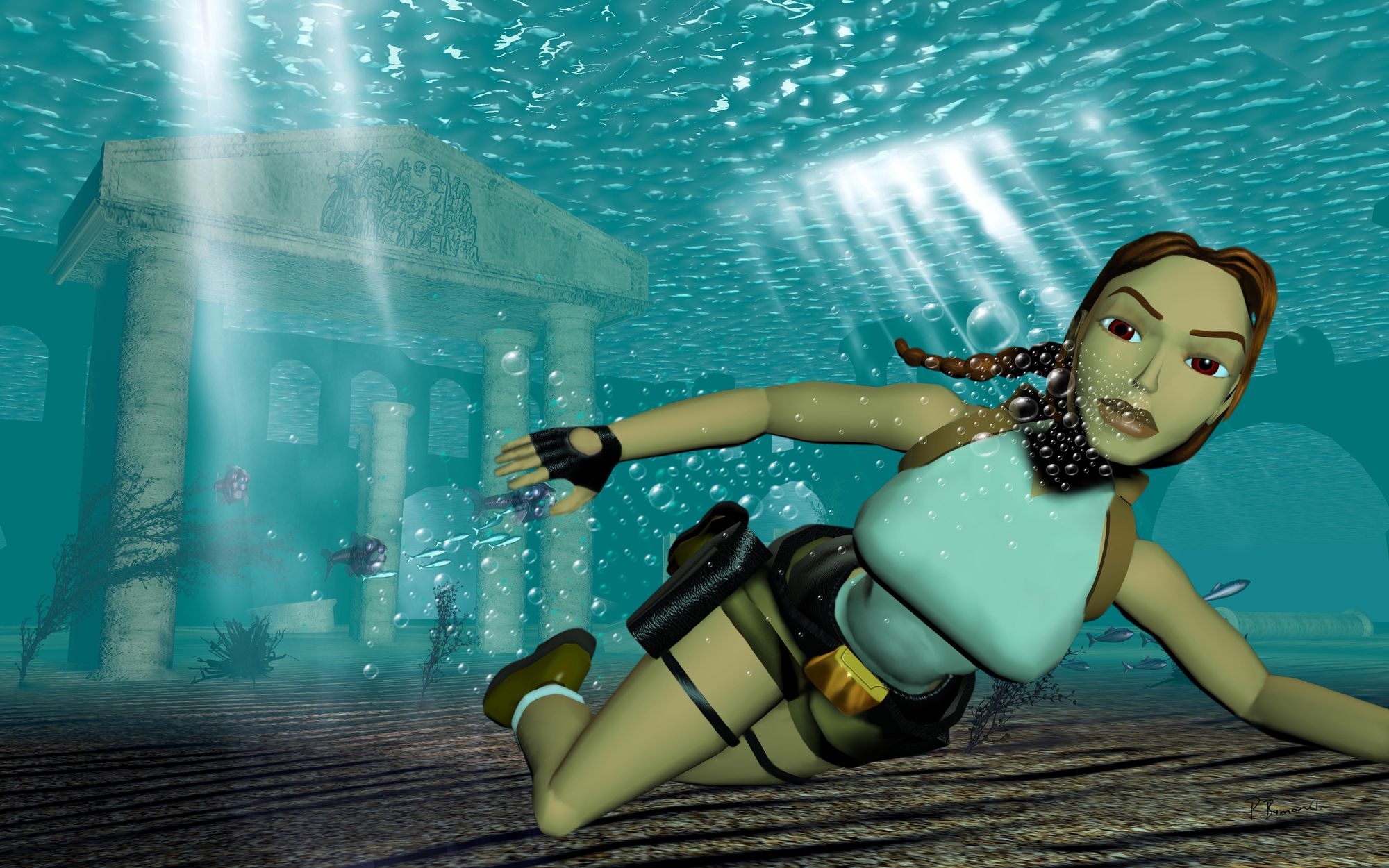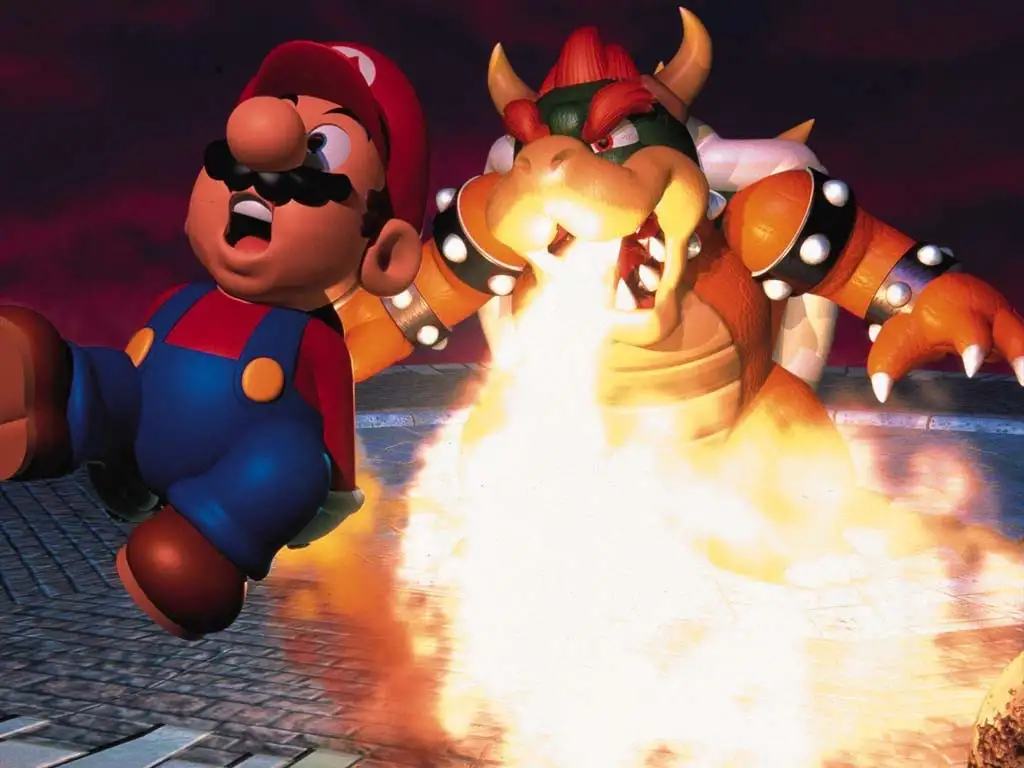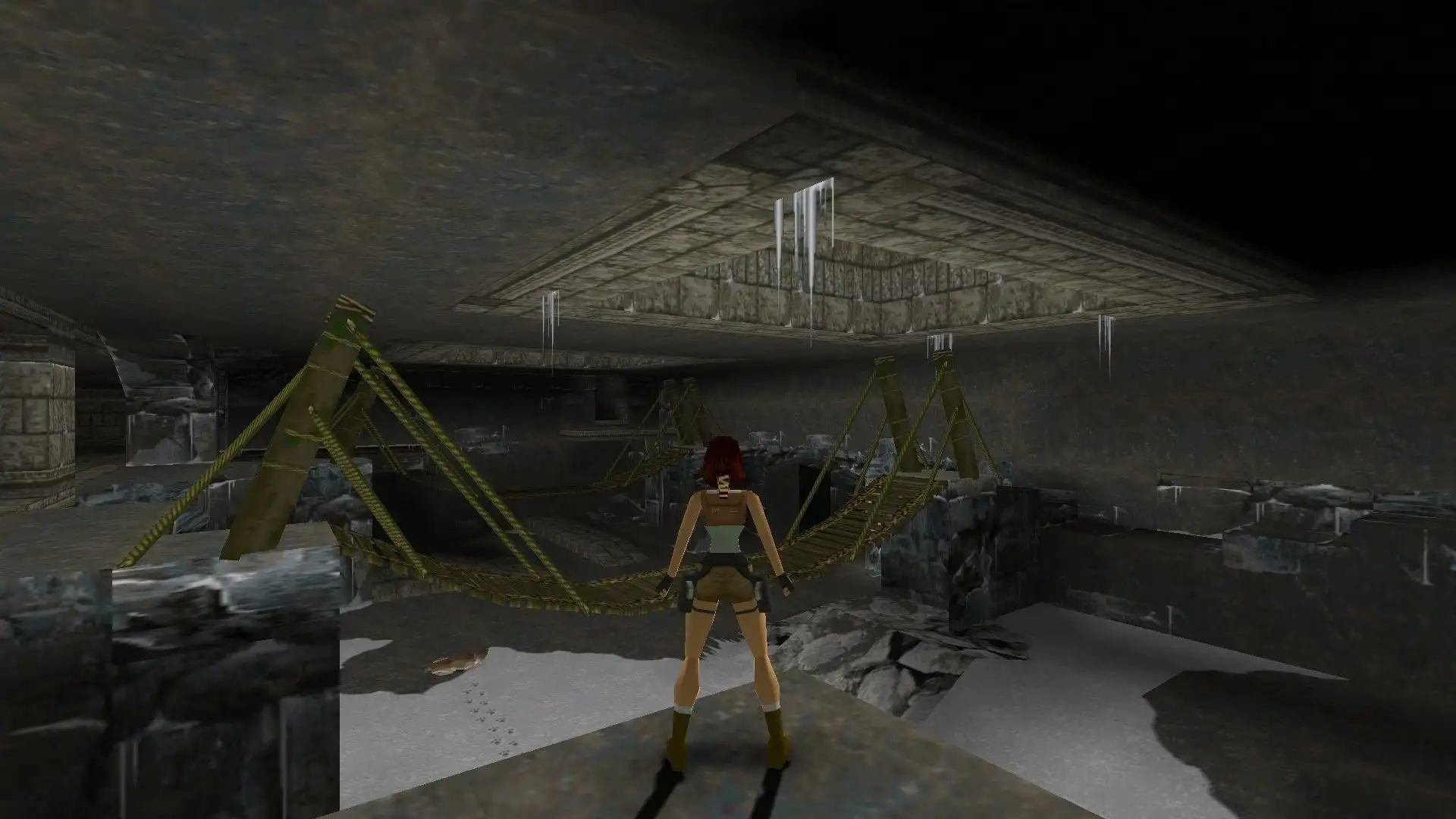In Defence of Tank Controls
A relic of gaming infancy or a misunderstood turning point?

Nintendo's Super Mario 64 is one of the most significant 3D games ever made. It did an incredible amount of things right, but it’s perhaps most famous for its timeless control scheme. Mario came backflipping into the 3D gaming world at the very dawn of its existence, instantly perfecting what would later, for a while, become known as “3D controls”, before simply becoming the norm.
These controls were very intuitive. Push forward, and Mario would move away from the camera. Pull it back and he would run towards you. Left and right went… well, left and right. He’s moving relative to your view of him. Makes sense, right? Except, what happens if your view of Mario suddenly changes? What if pushing forward suddenly means Mario is running towards the lava and not away from it? Despite it’s phenomenal efforts, Super Mario 64’s primitive camera did not handle this well, and modern gamers, spoilt as we are, have been noticing this issue rearing it’s ugly head while replaying on the Switch (although there are a few tricks to using it).

It might be the most intuitive way to control a character in a 3D space, but it certainly had its issues in 1996. Yet, it was still the dawn of an exciting new generation of gaming, so developers kept experimenting with controlling 3D games for the rest of the decade. 1996 itself would see the releases of major players that believed in a different school of thought entirely. Games such as Tomb Raider and Resident Evil were designed so that pushing forward would always make your character walk forward. Pressing down would make them take a step back without turning around. In these games, movement is relative to your character, not your camera.
Now, if you read the title of this article, you know that I’m not exactly going to be slating tank controls here but, for a moment, let’s play devil’s advocate. There’s no denying tank controls had some issues too. The ability to backpedal came at the price of having no easy way to spin around and run the other way (although later tank controls would introduce a “quick turn” button to automatically spin your character 180 degrees to remedy this). In fact, any amount of turning was slower than you might expect. Mario could spin 90 degrees on a dime, but Jill Valentine would gently curve around a corner like a touring car on a circuit.
Tank controls, in general, are slower and more deliberate. The annals of time have re-defined this as “clunky” but I think that’s incredibly unfair. Movement in Tomb Raider is far from unpolished. Movement, once you understand the rigid, gridlike system it relies on, delivers the kind of graceful, precise acrobatics that speedrunners live for. The reality is that these games are simply more weighted and have a philosophy of realistic motion. Tomb Raider was deliberately avoiding the cartoony movement of platforming mascots like Mario, aiming instead for a more realistic interpretation of jumping and climbing.

In Tomb Raider, tiptoeing up to an edge to judge your jump is considered a logical move to make, which makes it even more tense when an incoming threat takes away this safety net and causes the player to rely on the instincts they’ve built up over countless jumps previously. Resident Evil (and, later, Silent Hill), created a more grounded interpretation of human locomotion that added to the horror by forcing players to run quickly but carefully or even, if you’re really trapped, slowly back away from the threat. There’s no backwards long-jumping away from a Tyrant.
My point to this is that certain games benefit from this weighted movement philosophy, and the modern narrative of tank controls as an outdated, clunky relic of early 3D gaming irks me. Tank controls aren’t even fully dead, the survival horror genre continues to use them to this day. Games such as Dead Space and the modern Resident Evil remakes continue to use tank controls, sidestepping some of the historical criticisms by adding the ability to strafe and a switch to “3D controls” while sprinting from a threat. Even the focus on slow turning circles still exists in modern Rockstar games, beginning with GTA IV and following through to Red Dead Redemption II. Because, after all, no real human can spin around and shoot off in the opposite direction like Mario can. Inertia just doesn’t work that way.
In some genres, there’s an obvious benefit to weighting your movement and restricting your athletic abilities. And, yes, 3D controls make far more sense in some genres. I would never argue that Mario 64 would control better if it played like Silent Hill — although Croc did try mascot platforming with tank controls back in 1997. While that game has its fans, I cannot abide that control scheme in a world of fuzzy creatures and floating grassy mesas.

So, what’s my point to this? Despite everything I just said, I’m not exactly calling for tank controls to make a triumphant return (as I said earlier, they never really went away). I guess I just hope that the narrative can be adjusted, so that tank controls can be recognised for what they really are — a stepping stone towards the deliberate weighted movement that graphical realism now demands from our games, rather than a genetic dead-end in the Wild West of '90s 3D gaming design. Tank controls were not a mistake.
